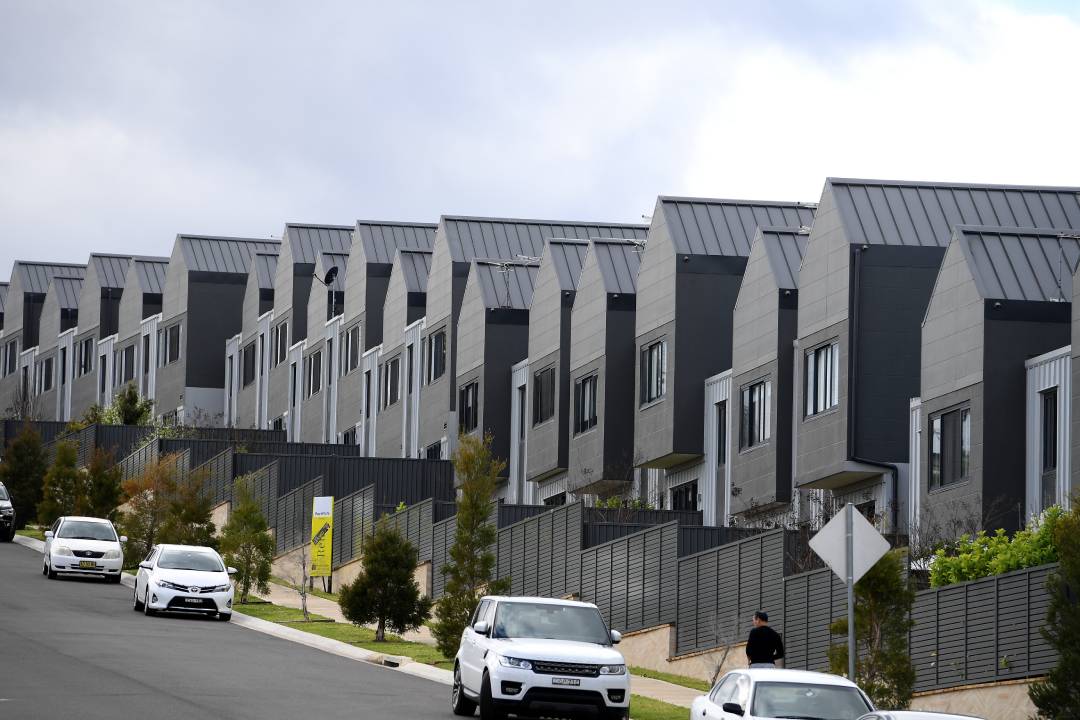

The pandemic shifted millions of Australians out of cities and into the nation's regions. Remote work and - at the time - lower property prices meant for a better quality of life. But now those regional areas are experiencing price growth that is shutting out locals from the markets they grew up in.
But where is this happening most? Cotality - formerly CoreLogic in Australia - crunched the numbers to find out.
According to Cotality, the drivers have shifted. The early pandemic boom was all about lifestyle: sea change, tree change, working from home. Today’s momentum is powered by a different mix: affordability, capital city spillover, limited supply, and more competition for what stock remains.
Cotality’s economist Kaytlin Ezzy says:
“Demand is being shaped less by lifestyle changes and more by affordability, constrained supply and competitive buying conditions in the capitals. The latest results confirm a renewed uplift in value growth across the regions, with buyers seeking value and accessible price points.”
Markets where a buyer’s dollar stretches further are now leading. Regional Western Australia and inland Queensland, which have avoided the eye-watering price surges of the capitals, have become magnets for both owner-occupiers and investors with improved borrowing power. In these areas, stock is tight, and buyers are acting quickly.
Government support is playing a part, as recent rate cuts and the expansion of the First Home Guarantee feed buyer activity. Thankfully for those looking to buy in these areas, that growth isn't just among investors but also first-home and subsequent buyers. As borrowing capacity improves and affordable stock dwindles, regions with relatively low median prices are seeing the strongest competition and biggest price gains.
The shift isn’t uniform for everyone, however. Markets that surged during the pandemic like Bowral–Mittagong are now cooling, weighed down by high prices, longer days on market, and heavier discounts. “Affordability, or lack thereof, has been a factor tempering demand,” says Ezzy. For some regions, prices are still well below their 2022 peaks, and stock lingers longer than sellers would like.
Check out the full data pack over at Cotality.